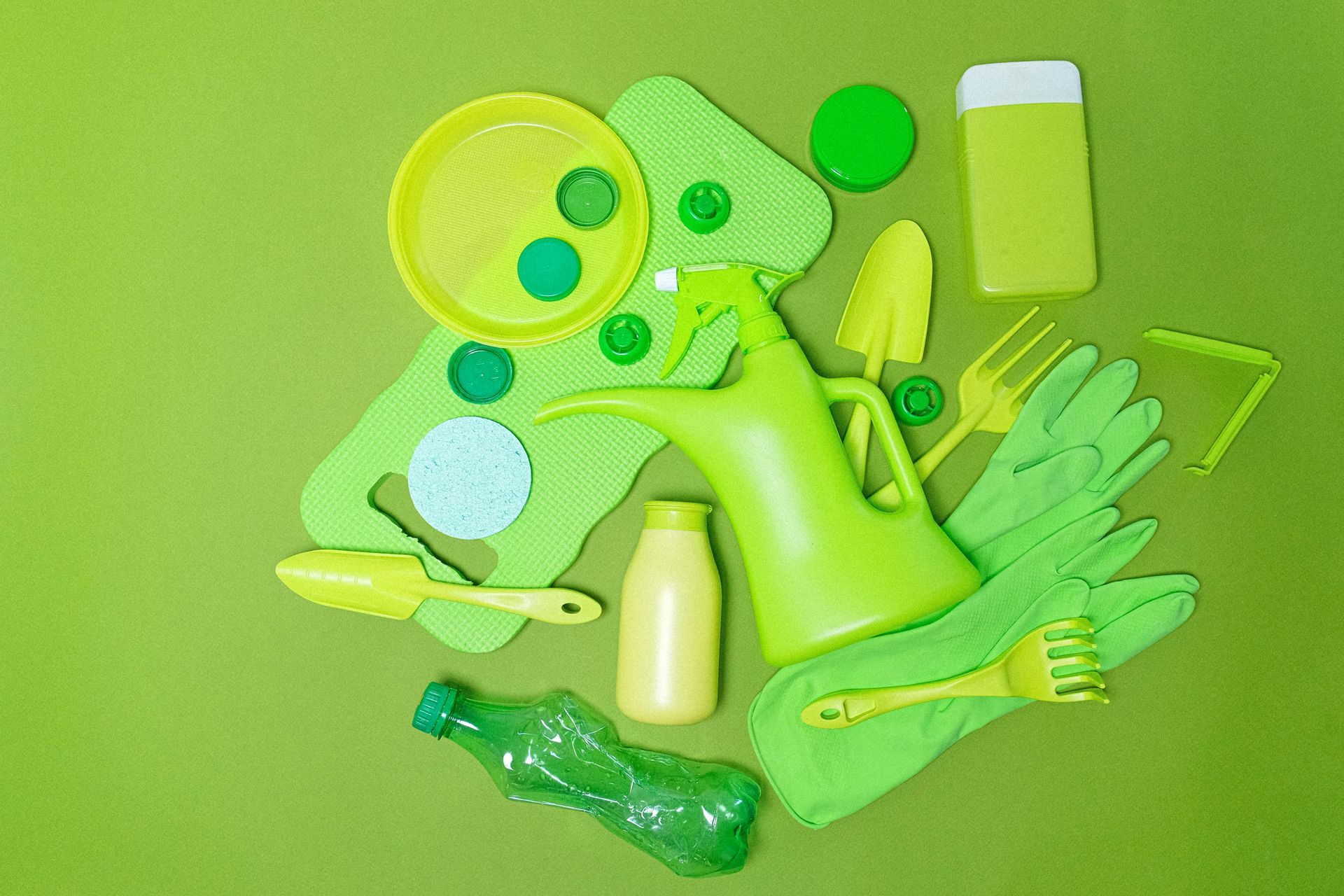Investigating and Developing New Packaging Materials: Trends That Will Define a Sustainable Future
Baraka • September 18, 2024
Investigating and Developing New Packaging Materials: Trends That Will Define a Sustainable Future
Introduction to Sustainable Packaging Trends
The world of packaging is undergoing a radical transformation. With the pressing need for environmental sustainability, companies are investing heavily in research and development (R&D) to create innovative packaging solutions that are both functional and eco-friendly. In this article, we’ll explore the future of packaging, focusing on the cutting-edge trends shaping the industry and how R&D plays a crucial role in defining a more sustainable future for packaging materials.
The Growing Importance of Sustainability in Packaging
Sustainability is no longer a buzzword; it's a necessity. As consumers become more environmentally conscious, industries are being pushed to adopt greener practices. Packaging is one of the key areas where companies are striving to reduce their carbon footprint, and with the rise of e-commerce, sustainable packaging is more critical than ever.
Why Packaging Materials Matter for Environmental Impact
Packaging plays a significant role in the environmental crisis. Traditional packaging materials, like plastic, contribute to pollution, landfill waste, and the depletion of natural resources. Thus, the development of sustainable materials is essential for reducing packaging’s environmental impact, from manufacturing to disposal.
What Is Research and Development (R&D) in Packaging?
Defining R&D in the Context of Packaging Innovation
Research and Development (R&D) in packaging refers to the systematic process of innovating and improving packaging materials, designs, and production methods. This includes exploring new materials, enhancing durability, and ensuring recyclability—all while maintaining cost-effectiveness.
Role of R&D in Developing Sustainable Packaging Solutions
R&D is at the heart of the sustainable packaging revolution. By fostering collaboration between material scientists, engineers, and environmentalists, R&D drives innovations that aim to balance functionality, cost, and sustainability. It’s where ideas for biodegradable, recyclable, and even edible packaging come to life.

Key Trends in Sustainable Packaging Materials
Biodegradable and Compostable Materials
One of the most exciting trends in packaging is the shift toward biodegradable and compostable materials. These materials break down naturally in the environment, reducing waste and pollution.
The Science Behind Biodegradable Packaging
Biodegradable packaging is designed to decompose through natural processes, typically within months. Made from plant-based materials like corn starch, they offer an eco-friendly alternative to petroleum-based plastics.
Edible Packaging: A Bold New Concept
Edible packaging is one of the more revolutionary ideas to come out of R&D labs. This type of packaging is made from materials that are safe to eat and can provide additional nutrients, thus eliminating packaging waste altogether.
How Edible Packaging Works and Its Applications
The concept of edible packaging works by using natural materials, such as seaweed or rice paper, that dissolve in water or are safe for consumption. This kind of packaging is particularly useful in the food industry for products like beverages, snacks, or fast food.
Recyclable Packaging Innovations
While recyclable materials have been around for years, new innovations are making them more efficient and easier to process. Modern recyclable packaging is designed with enhanced durability and easier separation for recycling processes.
Enhancing Recycling Systems with New Materials
Innovations such as single-material packaging simplify the recycling process, reducing the need for separating different types of plastics or composites. This makes recycling more accessible and effective.
Nanotechnology and Smart Packaging Innovations
Using Nanotechnology for Lightweight and Strong Materials
Nanotechnology is revolutionizing packaging by making materials lighter yet stronger. With fewer resources, nanotechnology enables the creation of thinner packaging that maintains its integrity, thereby reducing waste.
Smart Packaging That Monitors Product Freshness
Smart packaging incorporates sensors that monitor the condition of the product inside. These sensors can detect temperature changes, freshness, or even if the product has been tampered with, offering both convenience and sustainability by reducing food waste.
Circular Economy and Packaging
Moving Toward a Zero-Waste Economy
The circular economy focuses on designing out waste and pollution while keeping materials in use. In packaging, this means creating solutions that can be reused, recycled, or biodegraded in a way that doesn’t harm the environment.
How Circular Packaging Models Work
Circular packaging models are designed for longevity. Instead of single-use, they encourage reusability or recycling, thus keeping the materials in circulation and minimizing waste.
The Role of Reusable Packaging in the Circular Economy
Reusable packaging, such as glass bottles or metal containers, is a key element of the circular economy. These materials can be cleaned and reused multiple times, significantly reducing the environmental impact compared to disposable packaging.
Challenges Facing the Development of Sustainable Packaging
Balancing Cost and Sustainability
One of the biggest challenges in developing sustainable packaging is finding a balance between cost and eco-friendliness. Many eco-friendly materials are still more expensive to produce than traditional plastics, which can slow down adoption.
Regulatory Hurdles for New Packaging Materials
New materials often face regulatory challenges, especially in industries like food and pharmaceuticals, where safety is a primary concern. Getting new materials approved can be a lengthy and expensive process.
Consumer Perception and Adoption
While consumers generally favor sustainable products, there’s still some resistance to new packaging materials, particularly if they cost more or are perceived as less effective than traditional options.
The Future of R&D in Packaging
Trends in Material Science and Packaging
The future of R&D in packaging is bright, with innovations in material science paving the way for even more sustainable solutions. This includes materials that are fully biodegradable, water-resistant, and strong enough for commercial use.
Collaboration Between Corporations and Researchers
To accelerate progress, collaboration between corporations, universities, and environmental organizations is key. These partnerships are vital in testing, developing, and scaling new packaging innovations that can meet the growing demand for sustainability.
Conclusion
Sustainable packaging is more than just a trend—it's the future. As R&D continues to innovate, we’re seeing the rise of new materials and technologies that aim to reduce waste, enhance recyclability, and create a more circular economy. Whether through biodegradable, edible, or smart packaging, the industry is moving toward a future where packaging not only serves its purpose but does so in a way that respects our planet.
What are the current trends in packaging materials?
Current trends include biodegradable materials, edible packaging, and nanotechnology-enhanced packaging.
How does edible packaging work?
Edible packaging is made from natural materials like seaweed or rice paper that dissolve in water or are safe to consume.
What is the role of nanotechnology in packaging?
Nanotechnology helps create lighter, stronger packaging materials, reducing the resources needed while maintaining durability.
How does the circular economy influence packaging design?
The circular economy emphasizes reusing, recycling, and reducing waste, which drives the development of reusable and recyclable packaging materials.
What are the major challenges in developing sustainable packaging?
Challenges include balancing cost and sustainability, overcoming regulatory hurdles, and gaining consumer acceptance.



